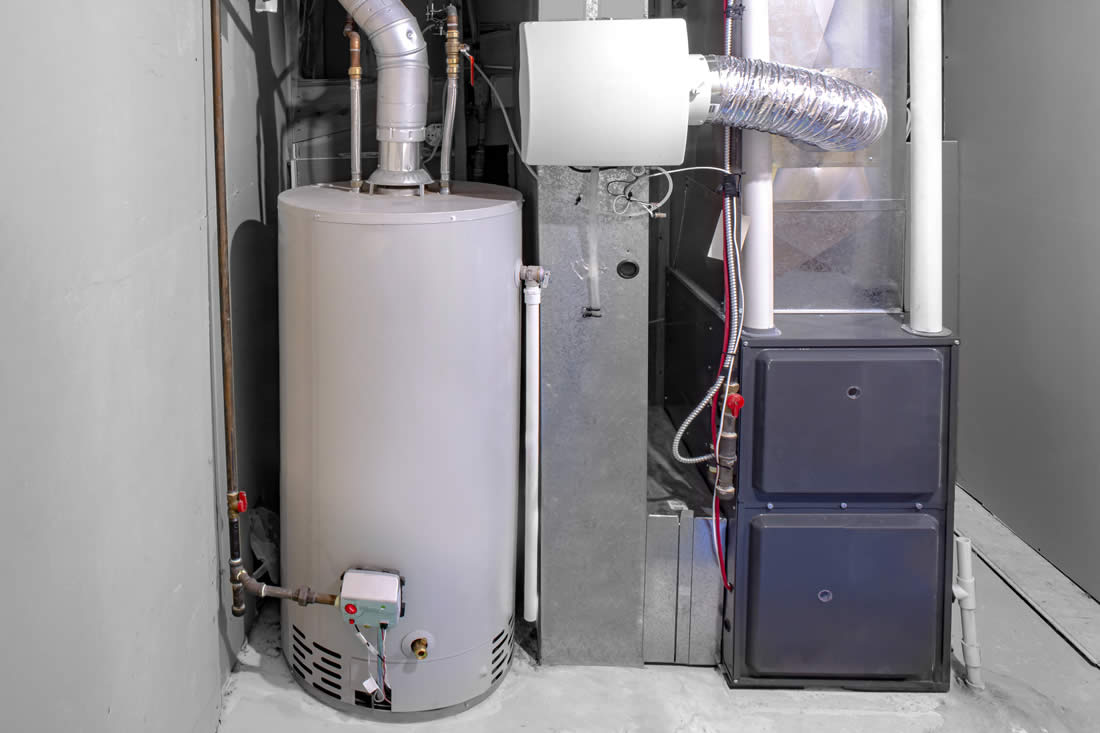Energy efficiency has become a leading factor for homeowners like yourself when considering their home heating system, and modern gas furnaces are at the forefront of this energy saving initiative. Today’s high-efficiency gas furnaces not only reduce the environmental impact caused by burning natural gas, but also offer substantial savings on energy bills. Understanding the energy-saving features and ratings, such as the Annual Fuel Utilization Efficiency (AFUE), is crucial in assessing the efficiency of these heating systems.
Understanding AFUE; What Is It?
AFUE stands for Annual Fuel Utilization Efficiency, a measure used to gauge the efficiency of a furnace. It represents the percentage of fuel converted into heat in comparison to the amount of fuel entering the furnace. For instance, an AFUE rating of 90% means that 90% of the fuel is converted into heat, while the remaining 10% is lost through the venting process. The higher the AFUE rating, the more efficient the furnace is.
Modern high-efficiency furnaces typically have AFUE ratings ranging from 90% to 98.5%, a significant improvement over older models, which often operate in the 56% to 70% range. This advancement is largely due to several key features designed to minimize heat loss and maximize fuel utilization.
Typically, if you live in a climate that needs to run the furnace more than the ac unit, ideally, you would get the highest AFUE gas furnace your budget allows. Since you spend more money on heating, you’ll get a higher return on your investment than if you install a standard efficiency furnace.
Key Features of High-Efficiency Furnaces
Condensing Technology: High-efficiency furnaces often use condensing technology. This involves a secondary heat exchanger that captures heat from exhaust gases, which would otherwise be vented out. This process condenses the gas back into a liquid, extracting additional heat energy.
Variable Speed Blowers: These blowers adjust airflow speed based on the heating requirements. This modulation ensures more consistent temperature control, reduces energy consumption, and enhances overall comfort.
Sealed Combustion: Modern furnaces often utilize sealed combustion chambers. This design draws air directly from outside for the combustion process, improving safety, efficiency, and indoor air quality by reducing the infiltration of contaminants and cold air.
Electronic Ignition Systems: Replacing the traditional pilot light, electronic ignition systems are more energy-efficient as they only activate when the furnace is in operation.
Programmable Thermostats: When integrated with programmable thermostats, high-efficiency furnaces optimize energy use by adjusting heating based on preset schedules, reducing unnecessary heating when not needed.
ENERGY STAR Certification
Furnaces that achieve ENERGY STAR certification meet strict energy efficiency guidelines set by the U.S. Environmental Protection Agency. To earn this certification, furnaces must have a minimum AFUE rating (e.g., 95% or higher for gas furnaces in northern regions of the U.S.). ENERGY STAR-rated furnaces typically surpass government efficiency standards and offer superior performance, durability, and energy savings.
Benefits of High-Efficiency Furnaces
Cost Savings: Although high-efficiency furnaces can have a higher initial purchase cost, they provide substantial long-term savings on energy bills due to their higher AFUE ratings.
Environmental Impact: Reducing fuel consumption leads to lower greenhouse gas emissions, making high-efficiency furnaces a more environmentally friendly heating option.
Enhanced Comfort: Advanced features like variable speed blowers provide more consistent heat distribution and better humidity control, enhancing overall comfort.
Tax Credits and Rebates: Homeowners may be eligible for various incentives, tax credits, or rebates for installing high-efficiency furnaces, further offsetting the initial investment.
In Closing
The transition to high-efficiency furnaces represents a significant step forward in residential heating technology. By understanding and leveraging the advanced features and efficiency ratings like AFUE, homeowners can enjoy reduced energy bills, enhanced comfort, and a lower environmental footprint. When selecting a furnace, it’s advisable to consider models with high AFUE ratings and ENERGY STAR certification to maximize these benefits.
